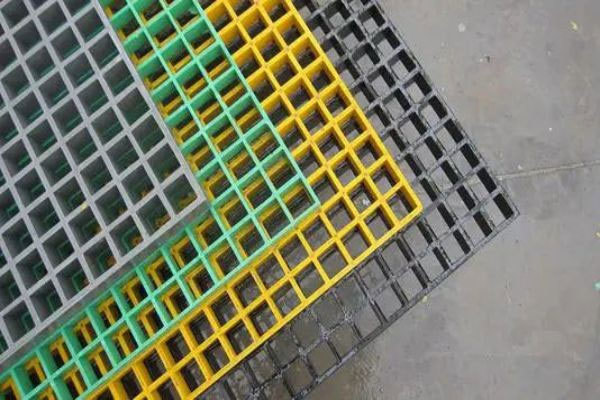
News
Rail transit construction opens up space for the development of composite materials industry
Release time:2019-05-14
The application of a large number of fiberglass products has led to the issue of flame retardancy. Due to the use of unsaturated polyester resin as the raw material for the production of most fiberglass products, its flame retardancy is poor and its toxicity is high. In recent years, countries such as Japan, France, Germany, Italy, etc. have successfully developed phenolic fiberglass products that can be hand layed and molded by modifying phenolic resin and selecting new curing systems. They do not require the addition of flame retardants to have high flame retardancy, and have low smoke emission and smoke toxicity, achieving good application results. For example, Japan National Railway uses hand layed phenolic fiberglass to manufacture wall panels and air conditioning channels, Using molding to produce phenolic fiberglass tea tables, window frames, etc; The Italian ETRY500 high-speed train uses phenolic fiberglass prefabricated sandwich panels to make telephone rooms, storage room ceilings, and car doors; Some French buses also use phenolic fiberglass to manufacture tea tables and seats.
Toilets, restrooms, urinals, sleepers, luggage racks, air conditioning, air ducts, and other components are highly corrosive and are most suitable for manufacturing with fiberglass. The FRP composite material integrated bathroom includes the top plate, wall panel, and floor of the bathroom, which can be made of FRP composite material and bonded together as a whole. The overall bathroom can reliably protect the connected metal components from corrosion damage. The toilet collection box is made of FRP composite material, which can improve the service life. Its structure is that around the oval shell made of FRP composite material, PVC foam plastic is bonded by heating method, and a layer of sandwich structure of FRP composite material is pasted on it by hand.
Low cost highlights the advantages of FRP components for rail transit. With the development of raw materials and technological progress, the cost of composite materials is gradually decreasing.
Due to the use of modular design technology and integrated molding technology, composite materials have greatly reduced the complexity of the structure, shortened the workload required for production and final assembly, and reduced overall costs. At the same time, composite materials have characteristics such as fatigue resistance and corrosion resistance, which reduce the maintenance and repair costs of products. Due to weight reduction, operational capacity has been improved, energy consumption has been reduced, and the total life cycle cost (LCC) of composite materials has also been reduced. The scope of low-cost manufacturing technology is wide, and generally refers to the process technology with high forming efficiency, high yield, and wide applicability of raw materials as low-cost technology. For high-speed rail vehicle products, low-cost manufacturing technology refers to a collaborative system of multiple forming processes. This is mainly because the manufacturing of large and complex high-speed rail vehicle products usually requires the application of multiple forming technologies to achieve ideal results (such as weight reduction, high performance, etc.). For example, German AEG and MBB companies have simultaneously applied molding, winding, extrusion forming technology, and bonding technology when developing bogies. Therefore, only by organically integrating various processes and technologies can composite materials be updated and more applied in the field of high-speed rail transit.
At present, the composite material products and models used on high-speed trains in China are the "Blue Arrow" high-speed train unit and the "China Star" high-speed train. The front cover of the "Blue Arrow" locomotive is formed using RTM technology for the front nose end, and the hand layup process is used to form the overall flow guide cover; Chinese Star Movement
 jim@frpcomposites.cn
jim@frpcomposites.cn
 0086-13862943095
0086-13862943095


